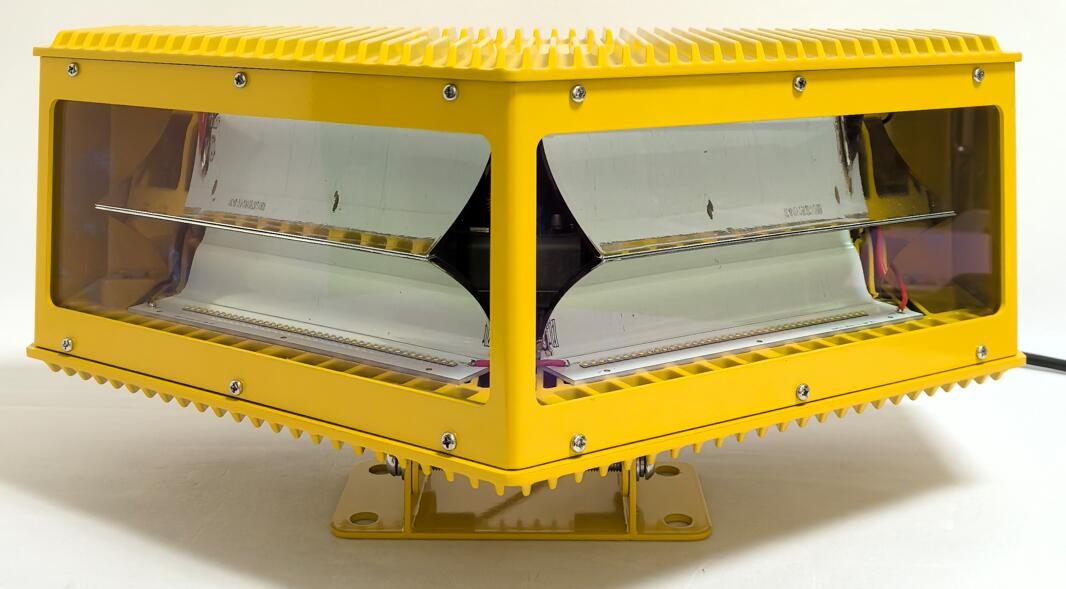Aircraft Warning Lights Regulations in Australia: Ensuring Aviation Safety and Compliance
Aircraft warning lights are critical for aviation safety, particularly for tall structures that could pose hazards to low-flying aircraft. In Australia, strict regulations govern the installation and operation of these lights to prevent collisions and ensure visibility. This article explores the key aircraft warning lights regulations in Australia, covering standards, compliance requirements, and best practices for implementation.
1. Why Are Aircraft Warning Lights Required?
Australia’s vast airspace includes busy flight paths, emergency medical services, and military operations. Structures such as:
Telecommunication towers
Wind turbines
High-rise buildings
Bridges and cranes
must be equipped with warning lights to alert pilots, especially at night or in poor visibility.

2. Regulatory Authorities and Standards
The Civil Aviation Safety Authority (CASA) and Airservices Australia oversee aviation safety, including obstacle lighting. Key regulations include:
a. CASA Part 139 (Aerodromes)
Specifies lighting requirements for structures near airports.
Defines light intensity, color, and flash patterns.
| aircraft warning lights regulations australia |
b. Manual of Standards (MOS) Part 139
Details technical specifications for obstacle lighting.
Aligns with International Civil Aviation Organization (ICAO) Annex 14.
c. Australian Standard AS 4282
Provides guidelines for obstacle lighting on buildings and structures.
Covers design, installation, and maintenance.
3. Types of Aircraft Warning Lights
Different structures require specific lighting systems:
| aircraft warning light regulations australia |
a. Low-Intensity Lights (LIL)
Used for structures below 45 meters.
Red steady-burning lights for nighttime visibility.
b. Medium-Intensity Lights (MIL)
For structures between 45–150 meters.
White flashing lights (day/night) or red steady lights (night only).
c. High-Intensity Lights (HIL)
Required for structures exceeding 150 meters.
Bright white strobes for maximum visibility in all conditions.
d. Dual Lighting Systems
Combine red lights (night) and white strobes (day).
Used in high-risk zones near airports.
4. Key Compliance Requirements
To meet aircraft warning lights regulations in Australia, the following must be considered:
a. Light Placement and Spacing
Lights must be positioned at the highest point of the structure.
Spacing should ensure 360-degree visibility for pilots.
b. Flash Patterns and Colors
Red lights: Steady or flashing (20-60 flashes per minute).
White strobes: 40 flashes per minute (minimum).
c. Power Supply and Backup
Uninterruptible power supply (UPS) required for critical structures.
Solar-powered options for remote locations.
d. Maintenance and Testing
Regular inspections to ensure functionality.
Automated monitoring systems for fault detection.
5. Special Considerations for Different Structures
a. Wind Farms
Must comply with CASA’s Obstacle Lighting Scheme.
Often use synchronized flashing lights to avoid pilot confusion.
b. High-Rise Buildings
Lighting must be integrated into architectural plans.
Glare reduction to avoid disturbing residents.
c. Temporary Structures (Cranes, Construction)
Portable warning lights for short-term use.
Must be removed once the structure is dismantled.
6. Emerging Technologies in Warning Lights
LED Lighting: More energy-efficient and longer-lasting.
Smart Monitoring Systems: Remote diagnostics and automated alerts.
Adaptive Lighting: Adjusts brightness based on weather conditions.
7. Penalties for Non-Compliance
Failure to adhere to aircraft warning lights regulations in Australia can result in:
Fines and legal action by CASA.
Increased liability in case of accidents.
Mandatory shutdown of non-compliant structures.
Complying with aircraft warning lights regulations in Australia is essential for aviation safety and legal operation. Whether for permanent structures like skyscrapers or temporary installations like cranes, proper lighting ensures visibility and reduces collision risks. By following CASA and ICAO standards, integrating modern lighting technologies, and conducting regular maintenance, stakeholders can contribute to safer skies across Australia.
For developers, engineers, and aviation professionals, understanding these regulations is not just a legal obligation—it’s a commitment to protecting lives and enhancing airspace safety.
